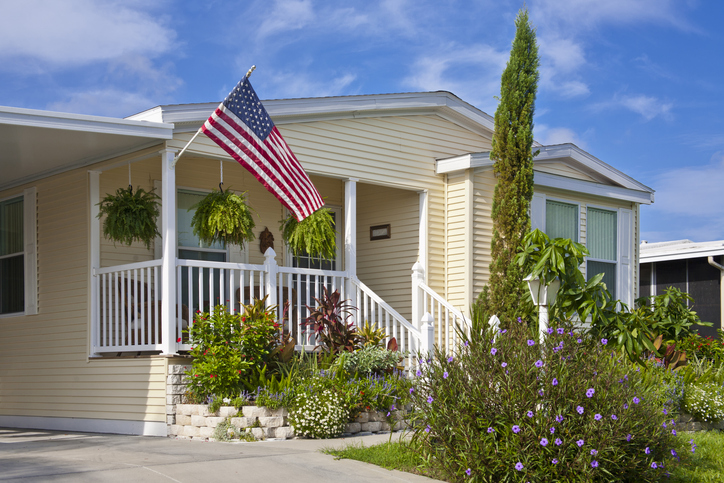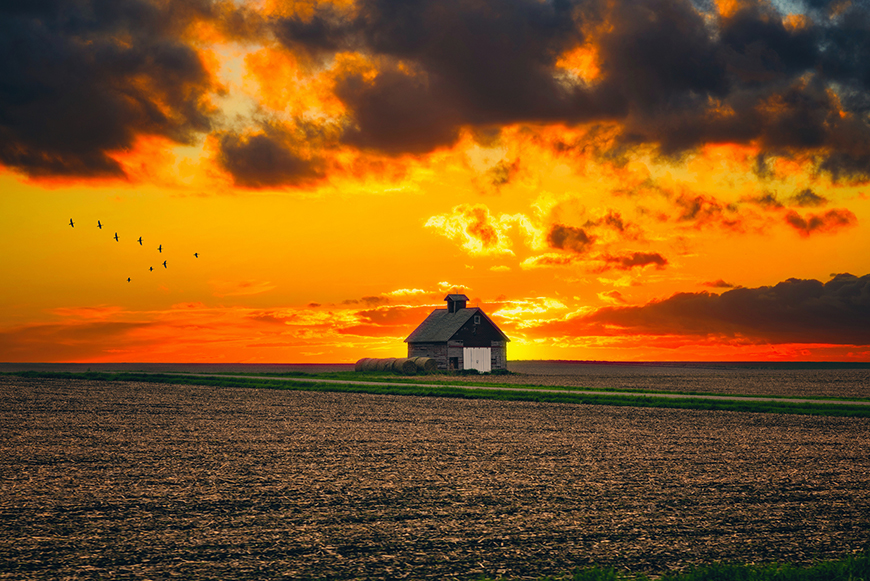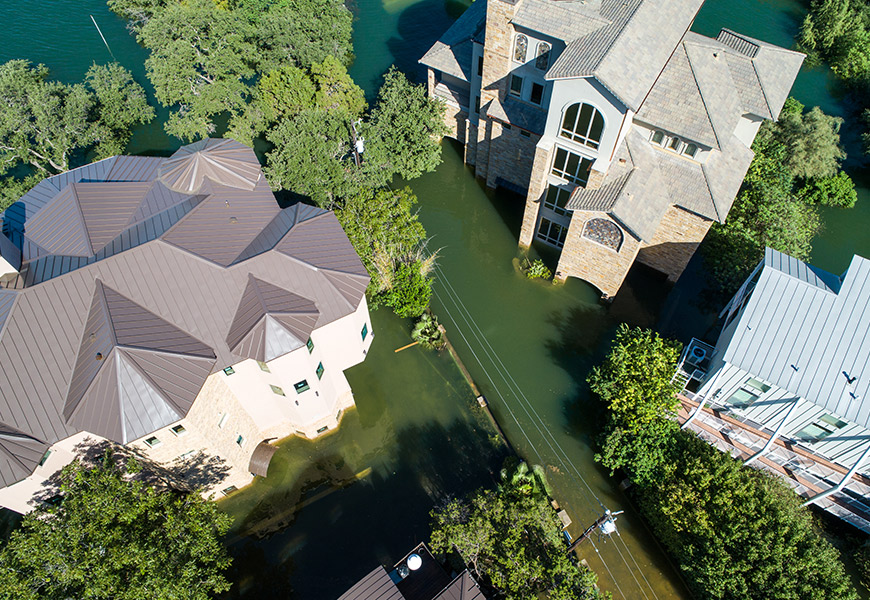Homeowners should consider their insurance needs for the likely types of “water damage” loss that could occur, then read their policies carefully to understand what is and is not covered.
According to the Insurance Information Institute, the second leading cause of homeowners’ claims is water damage and freezing. This type of loss accounts for 29 percent of claims, with an average claim paid of $11,097 in 2021.
Because water damage is the cause of nearly one-third of all homeowners’ claims, homeowners should understand what coverage is provided in the typical homeowners’ policy and, just as importantly, what coverage is
not. This will allow them to take appropriate actions to address this common source of losses and claims and avoid unpleasant surprises and expenses.
Unfortunately, the overly broad and loose interpretation of the term “water damage” makes this relatively simple step challenging. Floods, leaks, seepage, backups, heavy rains, overflowing rivers or lakes, and tidal surges are common examples of water damage, and various insurance coverages respond differently to each.
What Constitutes a ‘Flood’?
One of the most widely misunderstood words in the typical homeowner’s insurance policy is “flood.” The reason is simple: the term “flood” appears as an exclusion to coverage but is not defined in the policy. For example, the Insurance Services Office (ISO) Homeowners Policy form has several exclusions addressing perils that may be considered a “flood”:
- under “earth movement,” a “landslide, mudslide or mudflow, subsidence or sinkhole, or any other earth movement,” and
- under “water damage,” “(a) flood, surface water, waves, tidal water, overflow of a body of water, or spray from any of these, whether or not driven by wind, (2) water or water-borne material which backs up through sewers or drains or which overflows or is discharged from a sump, sump pump, or related equipment,” or seepage.
The Texas HOB Homeowner’s Policy form has similar wording:
“We do not cover loss . . . caused by settling, cracking . . . of foundations, walls, floors, . . . retaining walls . . . We do not cover loss caused by or resulting from flood, surface water, waves, tidal water or tidal waves, overflow of streams, or other bodies of water or spray from any of these whether or not driven by wind.”
Both forms have a similar weakness because of the lack of definitions in the policy terms and conditions. In the ISO form, the only terms found in the exclusion that are defined in the policy are “earth movement” and “water damage.” The Texas form defines none of the specific terms. What constitutes the terms “earth movement” and “water damage,” or “flood, surface water, waves, etc.,” is also not found in the Texas form. In short, many important terms and definitions are found in neither of the insurance contracts.
When a specific term is not defined by the insurance policy, other sources must provide the definition. Therein lies the problem. According to three popular dictionaries, “flood” broadly means a large amount of water covering an area that is usually dry. As such, these definitions would appear to be commonsense interpretations of what constitutes “flood” in the homeowner’s insurance policy.
However, the standard practice in the insurance industry is to use the Federal Emergency Management Agency’s (FEMA) definition of “flood” (and, by extension, “earth movement”) without specific reference to that source. That definition is not closely aligned to a commonsense definition of the term “flood.”
According to FEMA’s National Flood Insurance Program (NFIP) Dwelling Form F-122, a flood is:
- a general and temporary condition of partial or complete inundation of two or more acres of normally dry land area or of two or more properties (one of which is your property) from:
- overflow of inland or tidal waters,
- unusual and rapid accumulation or runoff of surface waters from any source, or
- mudflow (as defined in the policy form); or
- collapse or subsidence of land along the shore of a lake or similar body of water as a result of erosion or undermining caused by waves or currents of water exceeding anticipated cyclical levels that result in a flood as defined . . . above.
Because “flood” is clearly excluded from the standard homeowners’ insurance, the homeowner must seek coverage from the NFIP. To start, the homeowner must determine the property’s flood zone. This is easily accomplished by going to fema.gov and selecting “Floods & Maps,” then following the link to Flood Map Service Center to determine if the property is in a designated flood zone. This step is important because it gives the likelihood of the location flooding, which helps determine the amount of the insurance premium. The average flood insurance premium for properties in Special Flood Hazard Areas (SFHA), noted as a zone beginning with A or V, is almost 50 percent higher than the premium for properties in low- to moderate-risk zones (any zone labeled B, C, or X).
Homeowners who have a government-backed mortgage and are in a designated flood zone must purchase flood insurance from the NFIP. So must recipients of federal disaster relief money. Mortgage holders may also require flood insurance as a condition for making a loan even if the mortgage is not government-backed.
Homeowners who do not have a government-backed mortgage or have not received federal disaster relief and are not in a high-risk flood zone may still purchase flood insurance from NFIP.
The most serious drawback of the NFIP coverage is that its limits are relatively low, at $250,000 for an ordinary dwelling and $100,000 for contents. In addition, the “flood” insurance coverage offered by NFIP only covers “flood” as defined by FEMA. Other types of “flood” losses, such as backup of sewers or septic systems, burst pipes, overflow from a washing machine, or damage caused by rain, sleet, snow, or hail, are not included in FEMA’s definition and are, therefore, not covered by an NFIP policy.
Now a Word About Water Damage
In addition to the matter of “flood,” homeowners must consider “water damage,” a term that is more broadly defined in the homeowners’ insurance policy than FEMA’s definition of “flood.” Fortunately, homeowners’ insurance coverage with higher limits is widely available in the homeowners’ insurance marketplace at relatively reasonable rates. Additional coverage options beyond the standard homeowners’ policy may also be available through the broader insurance marketplace. The homeowners’ insurance agent may have knowledge of or access to these.
The key to covering water damage is realizing that the damage must be sudden and accidental. For example, water pouring from a burst pipe qualifies, but water seeping in from a foundation does not. The typical homeowners’ insurance covers water damage caused by:
- burst pipes,
- accidental leaks from plumbing or appliances,
- wind-blown snow or rain,
- a roof leak following damage from a storm or wind;
- water used to extinguish a fire, and
- water that enters the dwelling because of ice dams on the roof.
Related to the water damage is damage caused by mold and mildew from unknown leaks or seepage.
Things Policies Generally Don’t Cover
There are also common policy exclusions that address the peril of water damage. For example, water damage is not covered if the damage arises from a lack of maintenance or negligence.
Damage from a burst pipe is covered unless the damage arises from freezing caused by a lack of sufficient heat. Related to that exclusion is water damage caused by an intentional act, such as turning heat off in the winter. However, damage caused by filling a bathtub with water and then simply forgetting to turn it off is covered.
Leaks from a swimming pool or similar structure and seepage or leakage through a foundation are excluded. Damage caused by mold and mildew is excluded if the leakage or seepage is known to the homeowner or arises out of normal maintenance or negligence.
The last exclusion addresses the cost to repair or replace the source of water damage. While the damage itself may be covered, the cost of repair or replacement of the device causing the leak is not.
Optional Coverages
Homeowners can purchase optional endorsements that provide coverage for water damage normally excluded from the policy.
Water backup coverage fills the gap created by the exclusion that addresses “water or water-borne material that backs up through sewers or drains or that overflows or is discharged from a sump, sump pump, or related equipment.” This endorsement covers backup of sewers, drains, septic systems, and sump pumps.
Another available endorsement covers damaged utility lines under the homeowners’ property, including the expense to excavate and reseed.
Plan Ahead and Avoid Pesky Paperwork
While purchasing appropriate insurance coverage is always prudent, so is taking steps to prevent losses before they occur or mitigate damages.
Practical measures include stockpiling sandbags for building dams around openings in the dwelling, having emergency pumping equipment on hand, keeping personal property off the floor, and storing property in waterproof containers.
For new construction, homeowners might consider building away from designated flood zones or on the highest elevation in the area, or building the dwelling on stilts or a concrete foundation that raises it above the expected high-water level.
In addition, the following simple steps could help homeowners avoid the irksome task of filing an insurance claim:
- Drain water heaters twice a year to prevent sediment buildup that can lead to corrosion of the tank, thus preventing leaks.
- Install smart water leak detectors on appliances such as dishwashers or washing machines. These smart devices will send a message to a cell phone alerting the homeowner of a leak. Some of these smart devices can also automatically shut off the water supply to an appliance that suddenly springs a leak, and others detect an overflow from sump pumps.
- Regularly inspect hoses on appliances and replace those worn or cracking before a leak occurs.
- Inspect the roof for damage, particularly following a severe storm with high winds or hail. Replace any loose or missing shingles or tiles and secure flashing that has been pulled away.
- In cold climates, insulate pipes or wrap them with heating tapes. Insulate, heat, or leave open any enclosed areas with pipes, such as attics, to prevent freezing. Do not turn off or significantly lower heat in areas where water pipes are present.
- Use a rake to safely remove snow from roofs to prevent buildups that result in ice dams. Ice dams allow for snow/ice melt to pool during the day and seep under shingles.
- Clean leaves out of gutters in the fall to prevent clogged drains and downspouts that can lead to the formation of ice dams.
For more on the information covered in this article, consult a licensed insurance agent.
____________________
Dr. Rudolph ([email protected]) has 20 years in insurance brokerage and 30 years of experience in insurance and risk management consulting and education.
Takeaway
You might also like

SUBSCRIBE TO OUR
Publications
Receive our economic and housing reports and newsletters for free.






